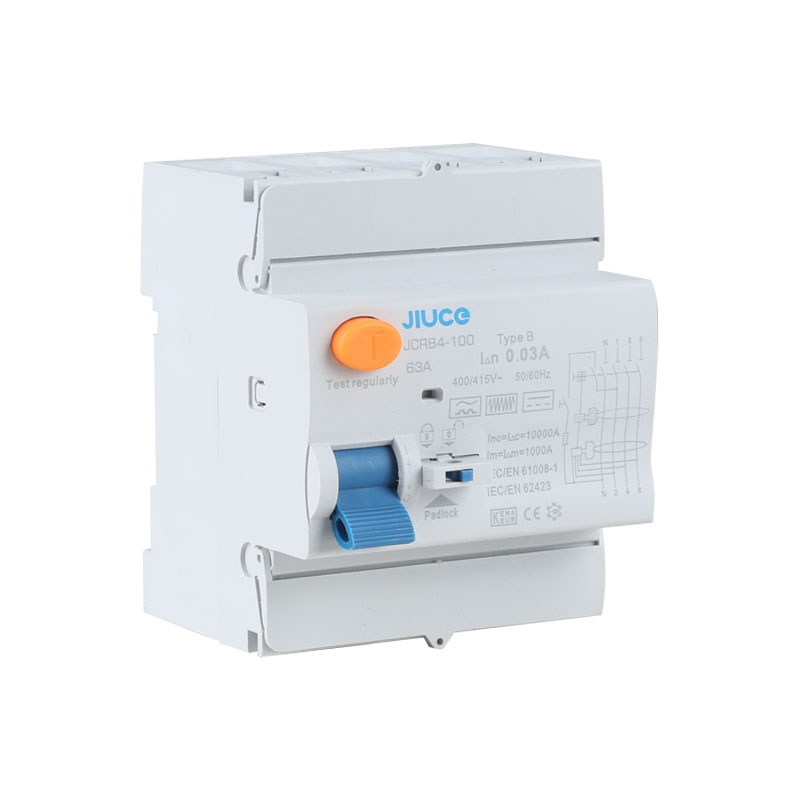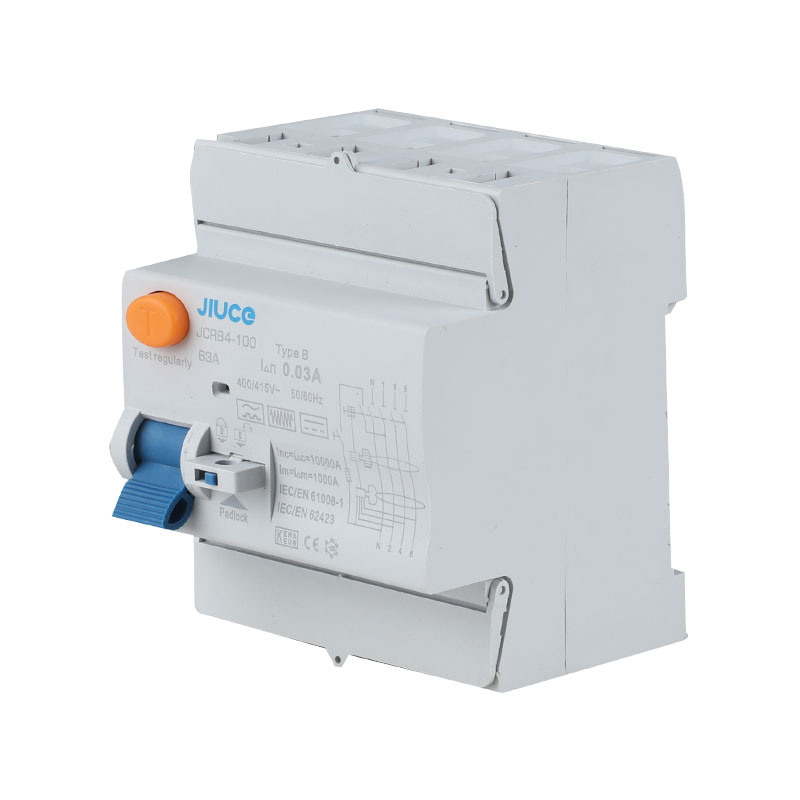What is a Type B RCD?
If you have been researching electrical safety, you may have come across the term “Type B RCD”. But what exactly is a Type B RCD? How is it different from other similar-sounding electrical components? In this blog post, we’ll delve into the world of B-type RCDs and detail what you need to know about them.
Type B RCDs are critical components in electrical systems and are designed to provide protection against electric shock and fire caused by ground faults. However, it is worth noting that despite the similar names, they should not be confused with Type B MCBs or RCBOs. Type B RCDs are specifically designed to detect and trip in response to AC and DC ground faults, making them suitable for a wider range of electrical applications.
So, what makes the Type B RCD different from other similar components? A key difference lies in their capabilities and the types of faults they are able to detect. Type B MCBs and RCBOs primarily protect against overloads and short circuits, while Type B RCDs focus on detecting ground faults, making them an essential safety feature in electrical installations.
It is important to understand that the letter “B” in a Type B RCD refers to different characteristics than in a Type B MCB or RCBO. Confusion arises from the use of the same letters to designate different characteristics within the field of electrical protective devices. In Type B RCDs, the letter “B” refers specifically to the magnetic properties to distinguish them from other types of RCDs which may have different tripping characteristics.
When searching for Type B RCDs, you may come across products that have both thermal and magnetic properties, such as RCBOs with Type B magnetic elements. This emphasizes the importance of understanding the specific features and functions of different electrical protection devices and the potential for confusion due to similar naming conventions.
In fact, Type B RCDs are essential to ensure complete earth fault protection in a variety of electrical applications, including those involving direct current (DC) circuits. This makes them an essential component in environments where there is a risk of DC ground faults, such as electric vehicle charging stations, renewable energy installations and industrial environments.
In summary, Type B RCDs play a key role in electrical safety by providing protection against ground faults, including AC and DC faults. Although the naming convention is similar, it is important to distinguish Type B RCDs from other types of electrical protection devices, such as Type B MCBs and RCBOs. By understanding the specific functions and characteristics of Type B RCDs, you can ensure that electrical safety measures are properly implemented in a variety of applications.
When selecting electrical protection devices for your project, be sure to consider the specific requirements for ground fault protection and select a Type B RCD where applicable. By prioritizing electrical safety and staying up to date on the latest developments in protection technology, you can create a safer, more reliable electrical infrastructure.

 Zhejiang Jiuce Intelligent electric co., ltd.
Zhejiang Jiuce Intelligent electric co., ltd.











